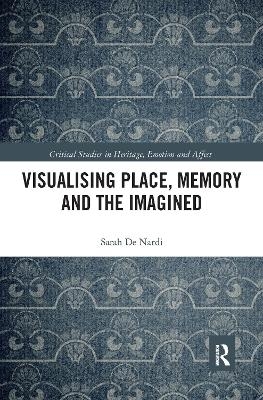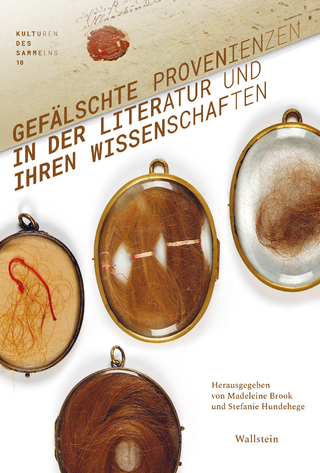
Visualising Place, Memory and the Imagined
Routledge (Verlag)
978-1-032-08641-5 (ISBN)
This book probes into how communities and social groups construct their understanding of the world through real and imagined experiences of place. The book seeks to connect the dots of the factual and the imaginary that form
affective networks of identities, which help shape local memory and sense of self and community, as well as a sense of the past. It exploits the concept of make-believe spaces – in the environment, storytelling and mnemonic narratives – as a social framework that aligns and informs the everyday memory worlds of communities. Drawing upon fieldwork in cultural heritage, community archaeology, social history and conflict history and anthropology, this text offers a methodological framework within which social groups may position and enact the multiple senses of place and senses of the past inhabited and performed in different cultural contexts.
This book serves to illustrate a useful visualisation methodology which can be used in participatory fieldwork and thus will be of interest to heritage specialists, ethnographers and cultural geographers and oral history practitioners who will particularly find the methodology cheap, easy to replicate and enjoyable for community-based projects.
Sarah De Nardi is a lecturer in heritage and tourism at Western Sydney University and the co-editor of the Journal of Community Archaeology and Heritage. Her first monograph, The Poetics of Conflict Experience: Materiality and Embodiment in Second World War Italy (2016), revived landscape perception in Second World War Italy through hands-on oral histories with veterans.
Acknowledgements; Introduction; 1. Defining terms; 2. Deep mapping as memory work: theoretical and methodological implications of heritage mapping; 3. Imaginative engagement: the sleeping giant and the cursed hill; 4. A town, divided: mapping the tense imaginaries of the 1943–1945 Italian civil war; 5. Unlearning the body: liminal spaces, abject corpses and the historical imagination; 6. Stories from Beamish Museum’s ‘1950s Town’; 7. Experiencing the mapping method in the field: a dialogic interlude; 8. Moving forward: not a conclusion chapter; List of Figures; References; Appendix; Index
| Erscheinungsdatum | 01.07.2021 |
|---|---|
| Reihe/Serie | Critical Studies in Heritage, Emotion and Affect |
| Zusatzinfo | 30 Illustrations, black and white |
| Verlagsort | London |
| Sprache | englisch |
| Maße | 156 x 234 mm |
| Gewicht | 317 g |
| Themenwelt | Kunst / Musik / Theater |
| Geisteswissenschaften ► Geschichte ► Hilfswissenschaften | |
| Naturwissenschaften ► Geowissenschaften ► Geografie / Kartografie | |
| ISBN-10 | 1-032-08641-6 / 1032086416 |
| ISBN-13 | 978-1-032-08641-5 / 9781032086415 |
| Zustand | Neuware |
| Informationen gemäß Produktsicherheitsverordnung (GPSR) | |
| Haben Sie eine Frage zum Produkt? |
aus dem Bereich


